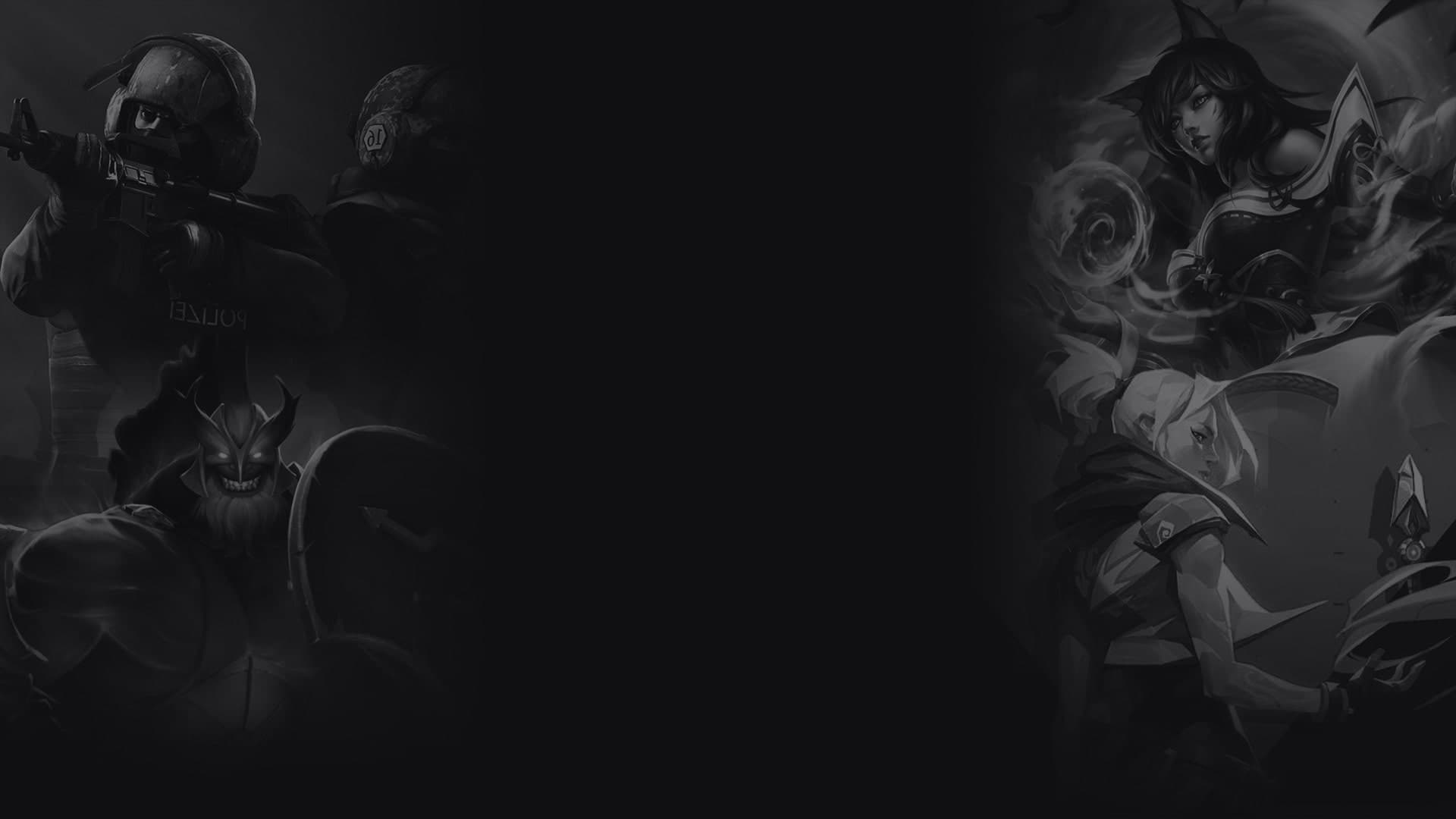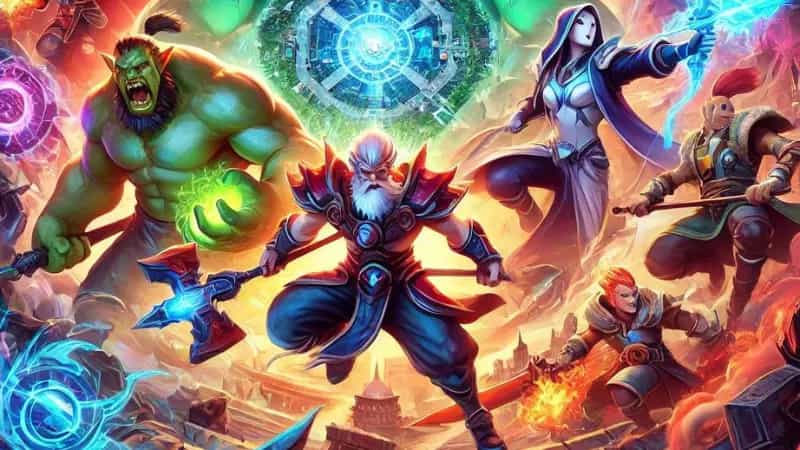Dota 2 Roles Explained: How to Play Each Hero Effectively
In Dota 2, heroes are defined by their roles, which are determined by their attributes, abilities, and the ways they can influence the game. Understanding these roles is crucial for players to perform effectively within their team and counter the enemy heroes.
This guide explores the official and unofficial roles in Dota 2, providing an in-depth look at each role's characteristics and strategic importance.
Official Roles
The official roles in Dota 2 are determined by various factors, including a hero's physical stats, abilities, and item requirements. While these roles provide a framework for understanding a hero's potential, many heroes can fill multiple roles depending on the situation.
Carry
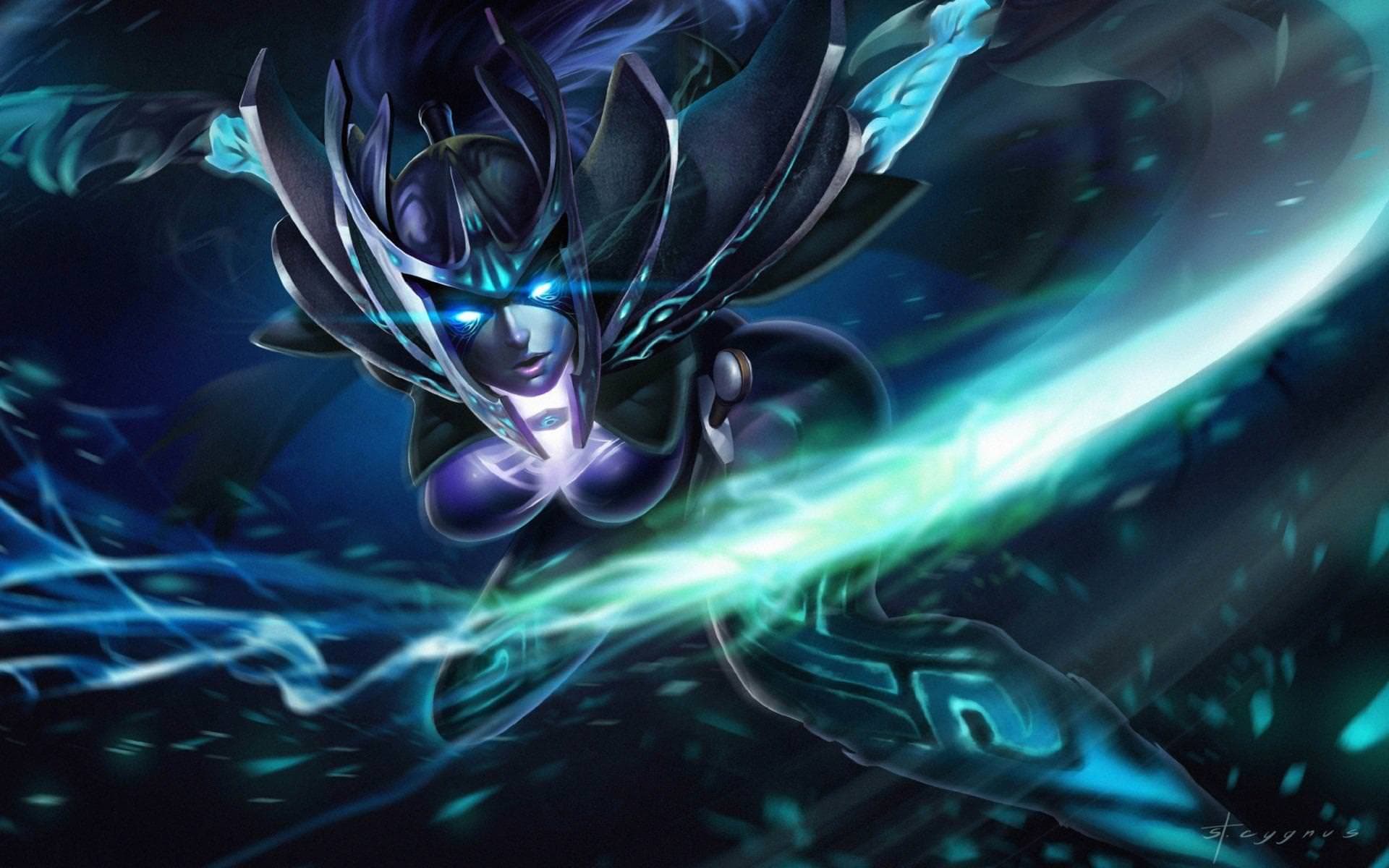
Carries are heroes who gain significant power as the game progresses, primarily by accumulating gold and items. They are expected to "carry" their team to victory in the late game.
Carries often start weak and require protection and support to farm safely. As they gather items, their offensive capabilities increase, making them formidable threats. Examples of carries include Anti-Mage, Phantom Assassin, and Spectre.
Support
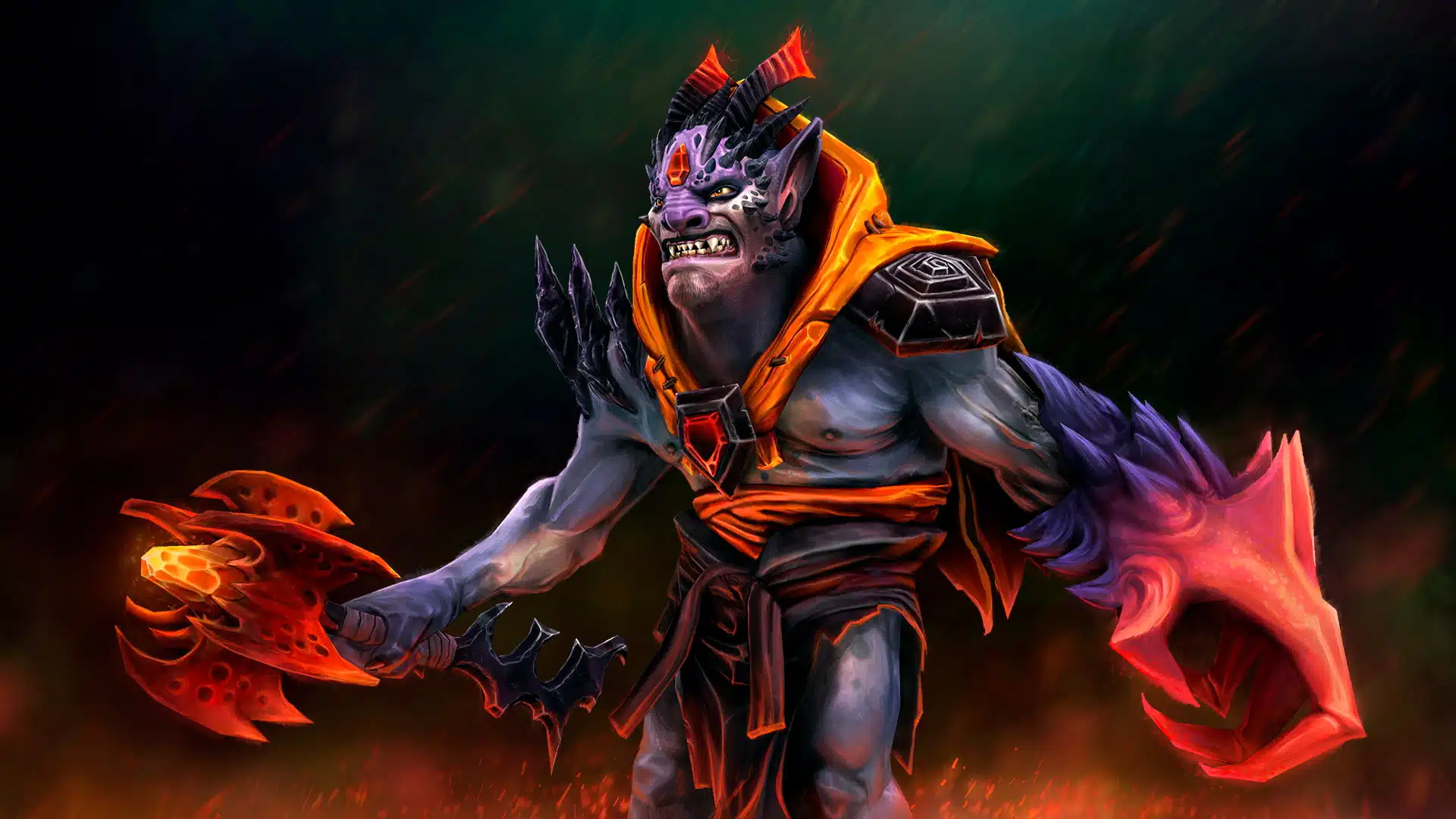
Supports focus on assisting their team through healing, disabling enemies, and providing vision. They are less reliant on items and gold, often sacrificing their farm to purchase team-oriented items like Wards and Smoke of Deceit.
Supports play a crucial role in the early game by protecting the carry and setting up kills. Common support heroes include Crystal Maiden, Dazzle, and Lion.
Nuker
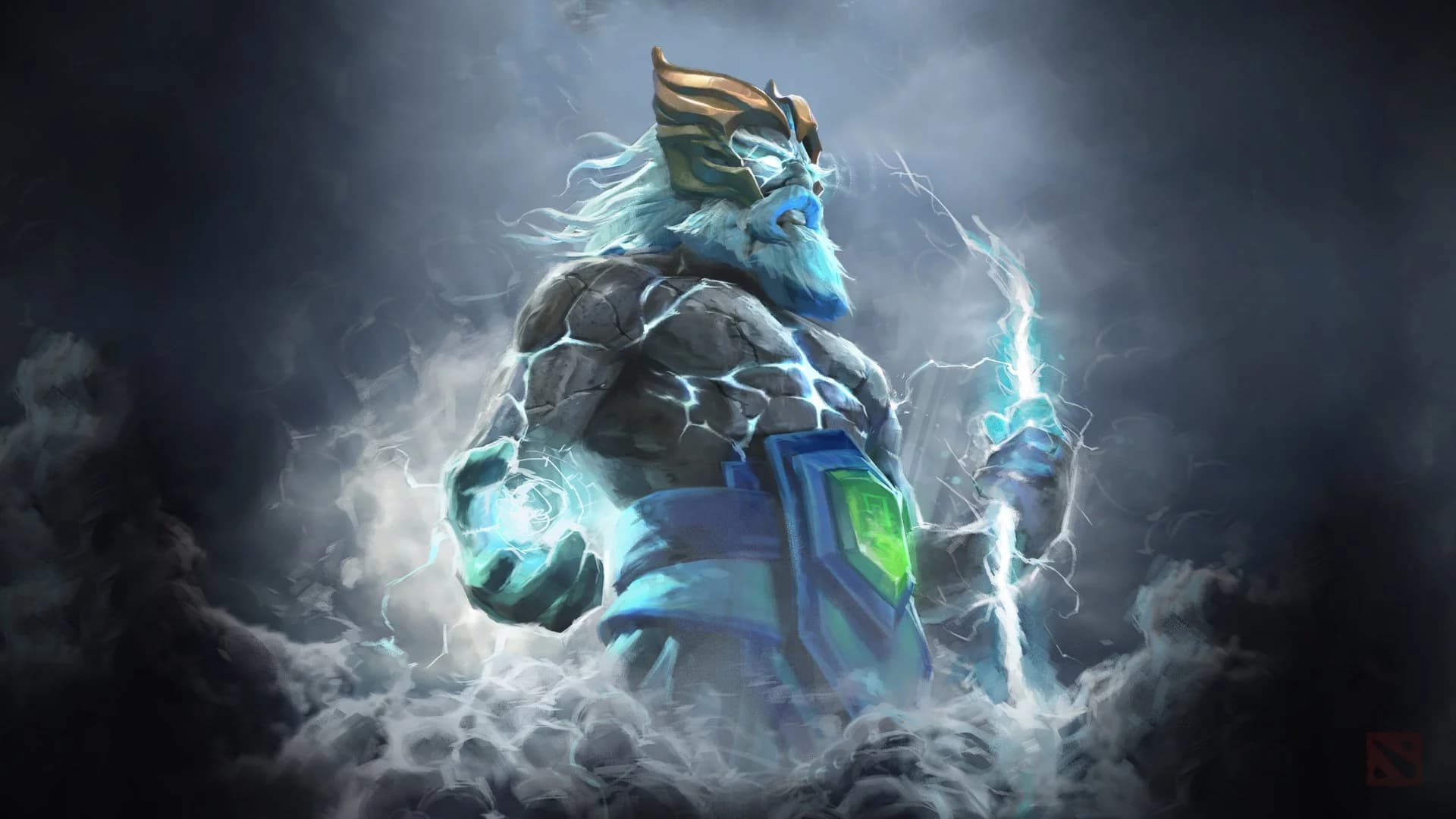
Nukers are heroes with high burst damage abilities, capable of quickly killing enemy heroes with their spells. Their role is to apply significant pressure during fights and ganks, often turning the tide of battles with their high-damage output.
Nukers excel at dealing damage through spells rather than physical attacks. Examples include Lina, Zeus, and Lion.
Disabler
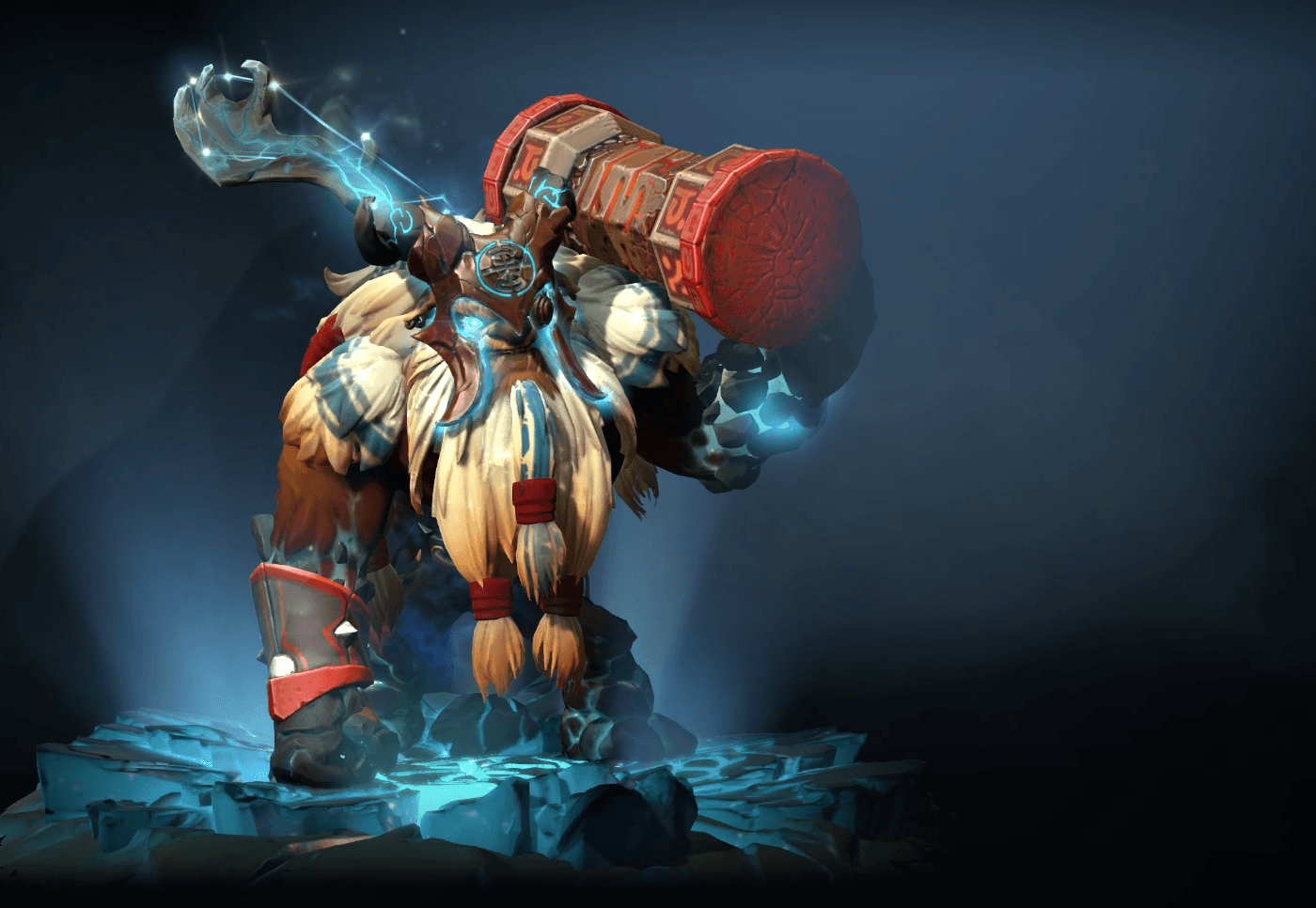
Disablers possess abilities that can immobilize or debuff enemies, making them essential for controlling fights. Their spells often include stuns, silences, or roots, which can prevent enemies from using their abilities effectively.
Disablers are vital for setting up kills and disrupting the enemy team's plans. Notable disablers include Earthshaker, Bane, and Shadow Shaman.
Durable
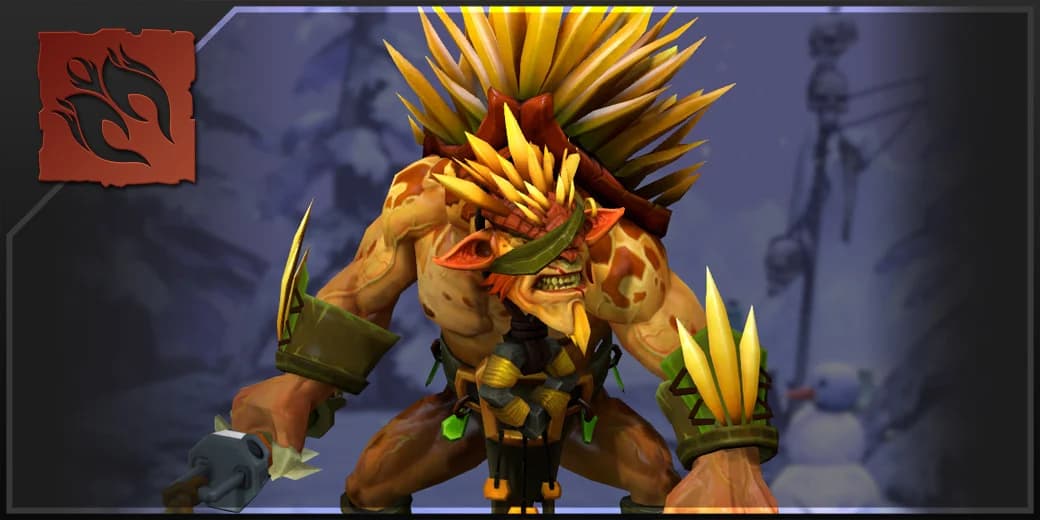
Durable heroes, also known as tanks, can absorb large amounts of damage, making them hard to kill. They typically have high health, armor, or magic resistance, allowing them to sustain themselves in fights.
Durable heroes often initiate battles, drawing enemy fire and creating opportunities for their team. Examples include Bristleback, Centaur Warrunner, and Dragon Knight.
Escape
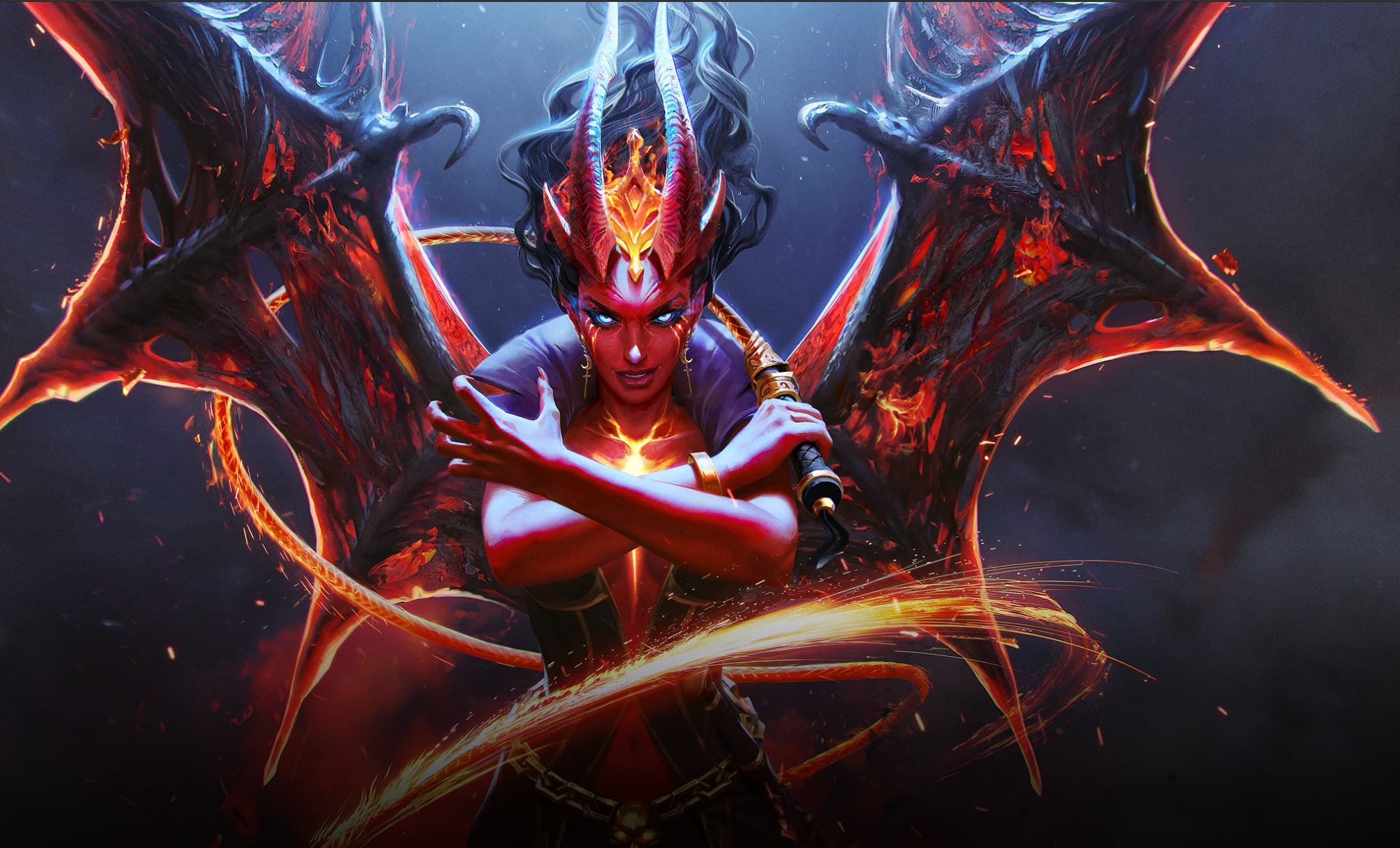
Escape heroes have abilities that allow them to evade danger, such as blinks, invisibility, or movement speed buffs. These abilities enable them to reposition quickly or avoid lethal damage, making them difficult to catch and kill.
Escape heroes are often placed in vulnerable lanes, relying on their abilities to survive. Common escape heroes include Anti-Mage, Queen of Pain, and Puck.
Pusher
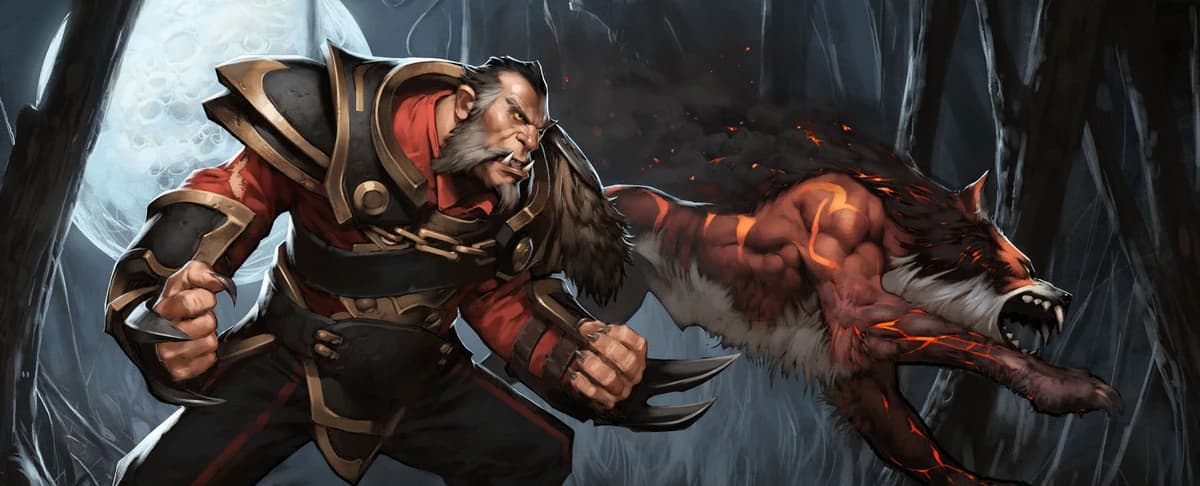
Pushers excel at quickly destroying enemy towers and barracks, securing map control and applying pressure. They have abilities that enhance their minions or deal significant damage to structures.
Pushers can force the enemy team to respond, opening up opportunities for their allies. Notable pushers include Nature's Prophet, Leshrac, and Lycan.
Initiator
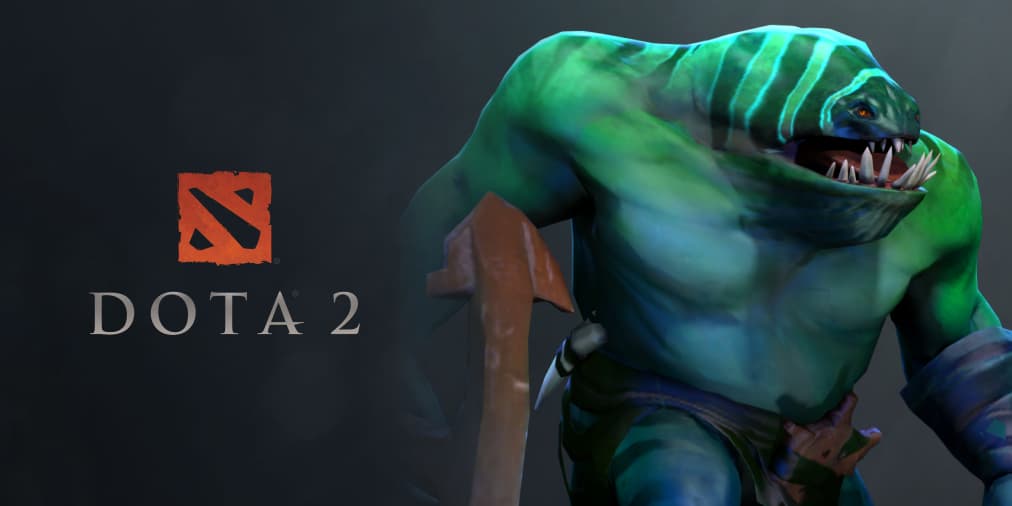
Initiators are heroes who excel at starting team fights by jumping into the enemy team and using their abilities to create chaos. They often have area-of-effect spells or disables that can catch multiple enemies off guard.
Initiators are crucial for engaging the enemy on favorable terms. Examples include Tidehunter, Enigma, and Sand King.
Unofficial Roles
In addition to the official roles, there are several unofficial roles that describe more specific playstyles and strategies.
Hard Carry
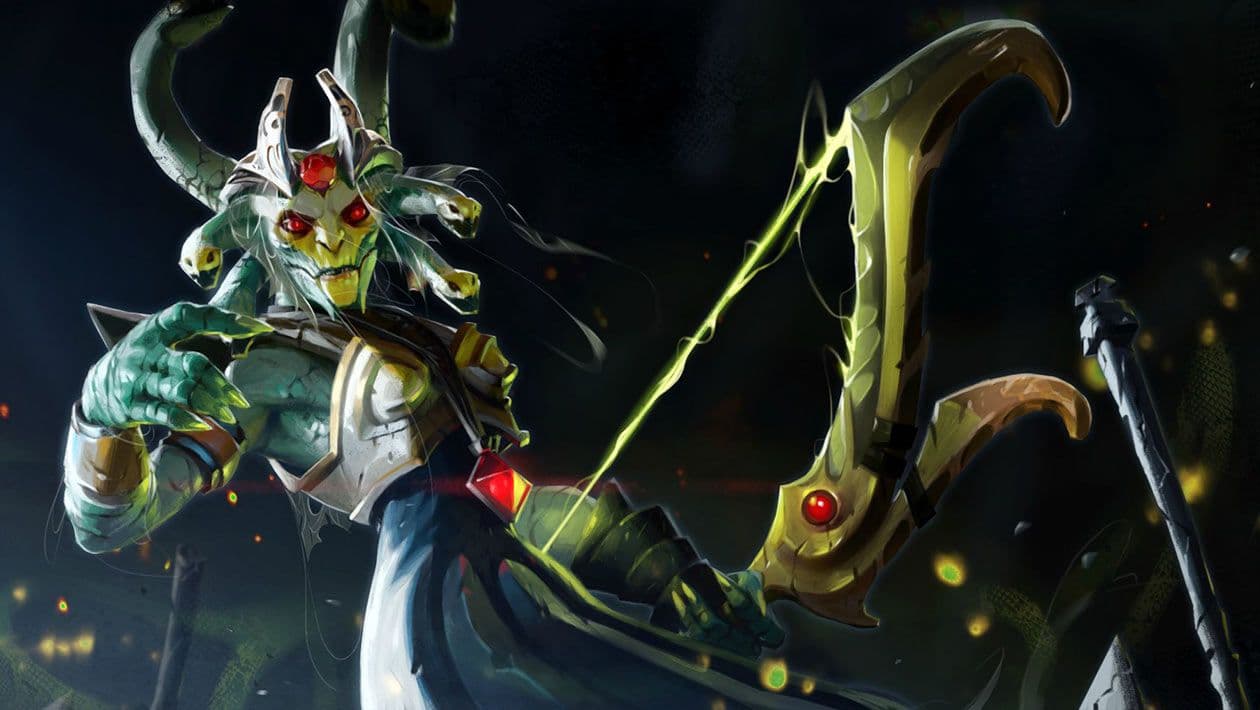
A hard carry is a type of carry that is extremely reliant on items to be effective. They typically start weak but become the most powerful heroes in the late game with enough farm.
Hard carries include heroes like Medusa, Phantom Lancer, and Terrorblade.
Semi-Carry
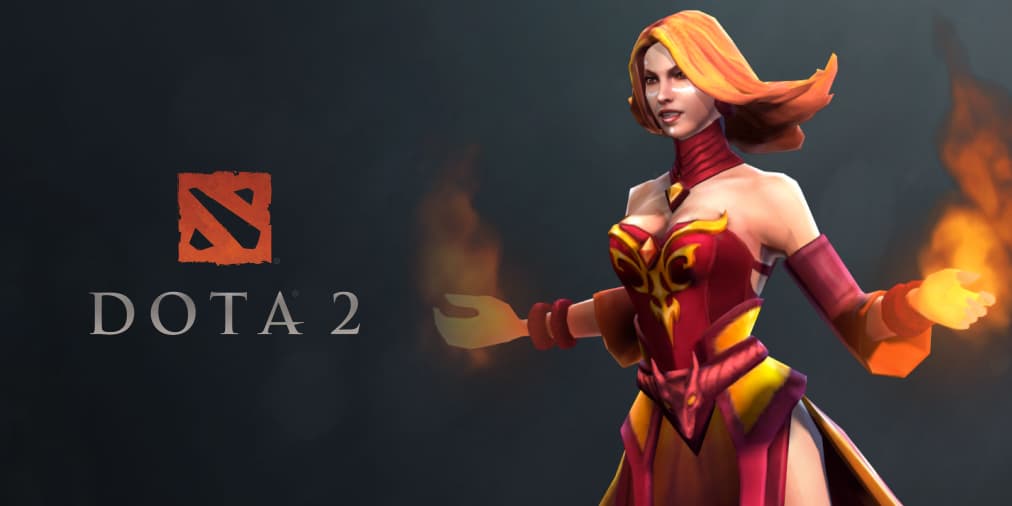
Semi-carries can deal significant damage but do not rely as heavily on items as hard carries. They peak in the mid-game and often transition into utility roles as the game progresses.
Semi-carries include heroes like Lina, Mirana, and Puck.
Ganker
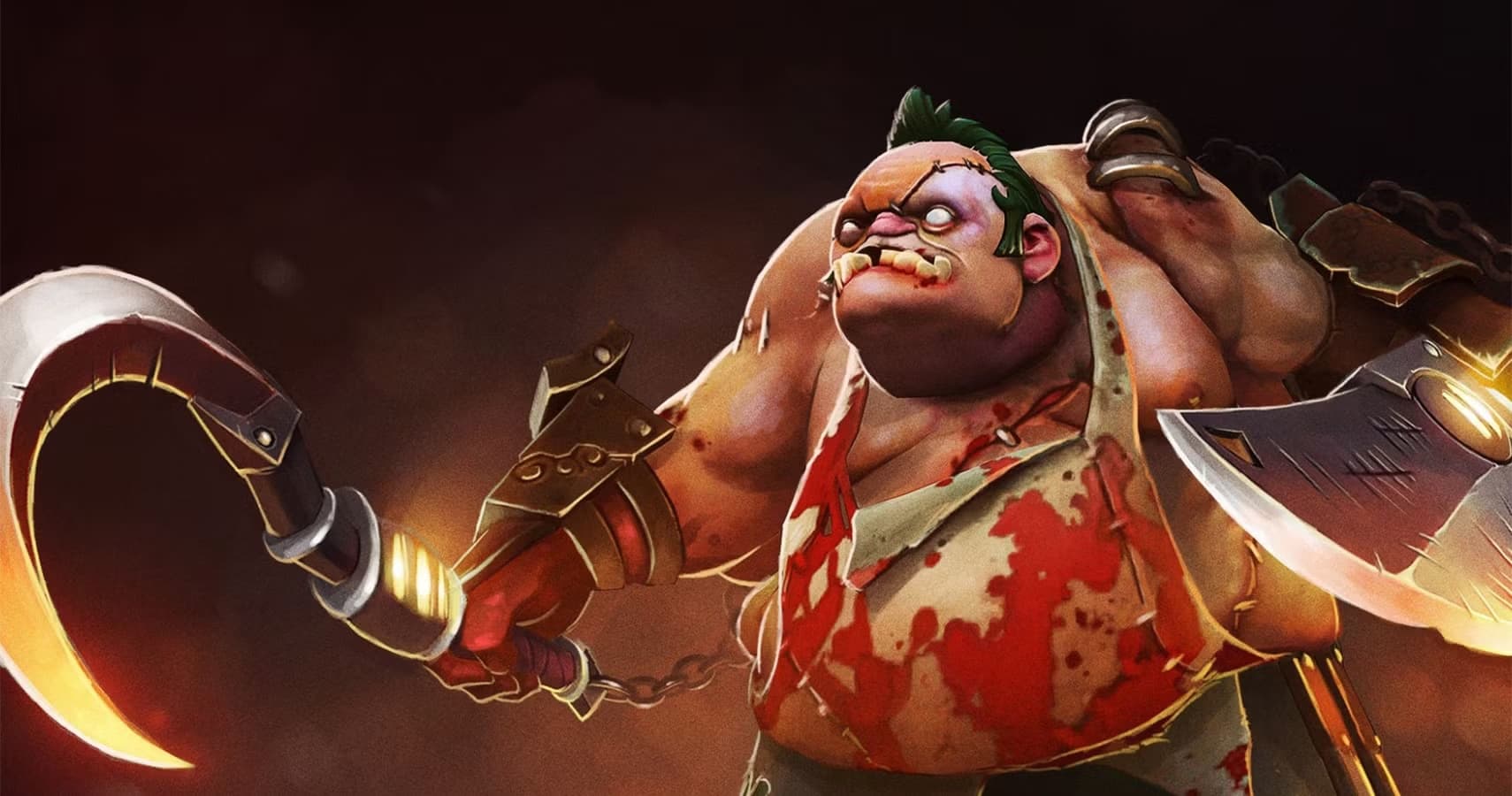
Gankers are heroes that excel at killing enemy heroes during the laning phase and early mid-game. They have high mobility and burst damage, allowing them to move around the map and create pressure.
Gankers include heroes like Pudge, Night Stalker, and Storm Spirit.
Roamer
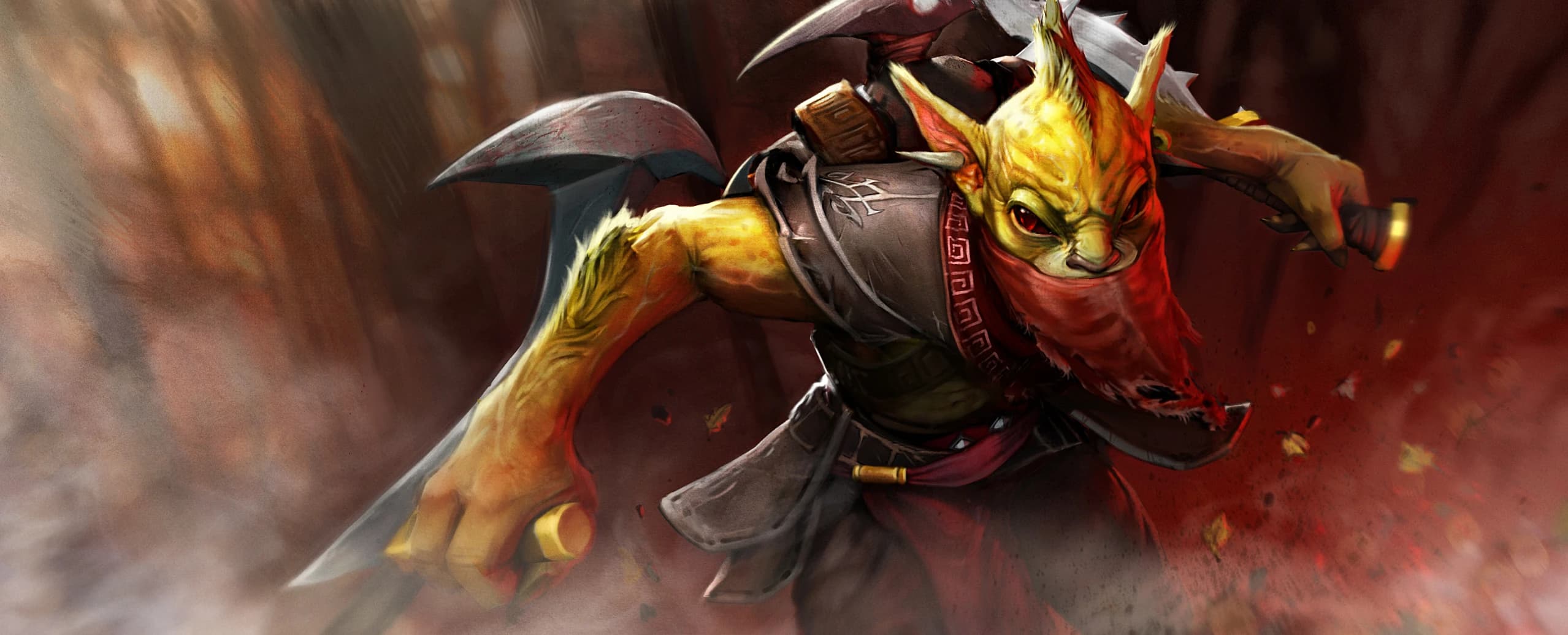
Roamers are support heroes who focus on moving around the map early in the game to gain map control and set up kills. They often ward, gank, and disrupt the enemy's farming.
Roamers include heroes like Bounty Hunter, Earth Spirit, and Tusk.
Offlaner
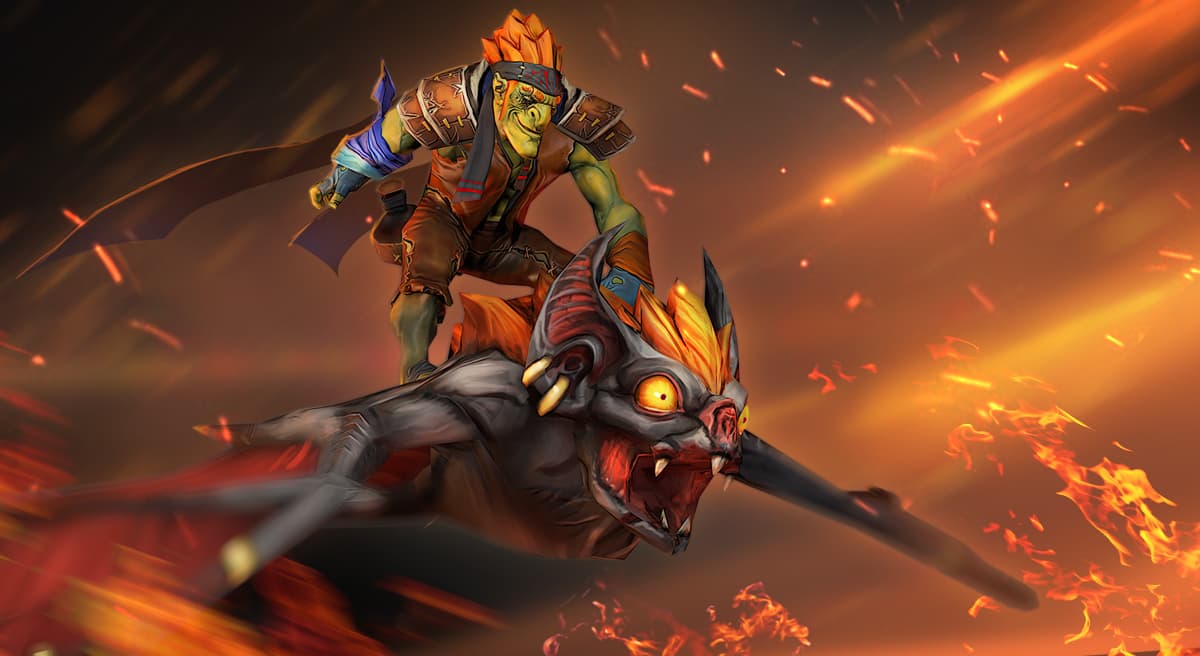
Offlaners are heroes that can survive in the "suicide lane" or offlane. They typically have escape mechanisms or abilities that allow them to stay alive despite being at a disadvantage. Offlaners often aim to disrupt the enemy carry's farm and gain experience.
Offlaners include heroes like Batrider, Dark Seer, and Tidehunter.
Jobs in the Game
Beyond individual roles, heroes contribute to their team's success by performing specific jobs during the game.
Laning
Laning involves heroes farming and gaining experience in their designated lanes. Some heroes are proficient at pushing lanes, while others excel at de-pushing and defending against enemy advances.
Fighting
Heroes engage in ganking and team fighting to gain an advantage. Gankers pick off isolated enemies, while team fighters excel in large-scale battles involving multiple heroes.
Objectives
Heroes focus on taking objectives such as towers and Roshan. Tower hitters deal significant damage to structures, while Roshan killers excel at taking down the powerful neutral creep Roshan, providing their team with significant advantages.
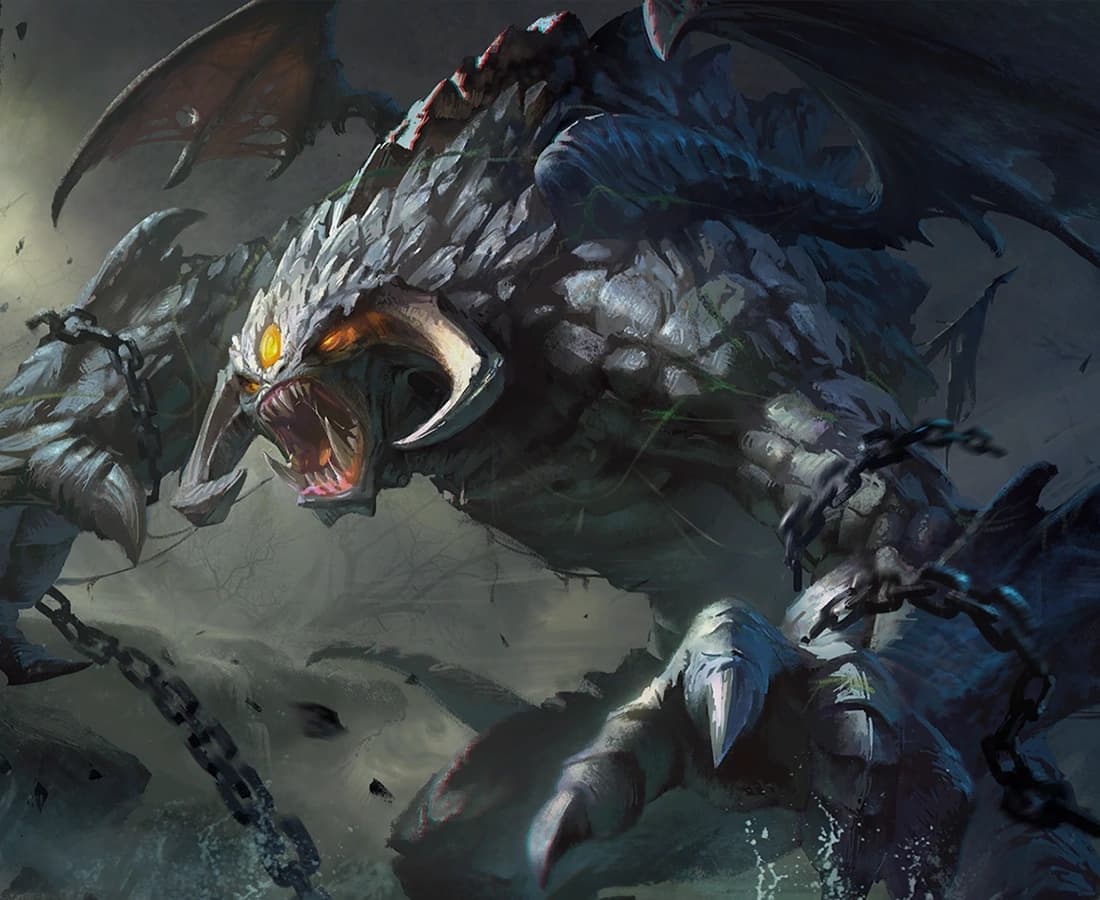
The 1-5 Position System
The position system categorizes heroes based on their priority for farm and their role within the team:
- Position 1 (Hard Carry): Most reliant on farm and scales best into the late game.
- Position 2 (Midlaner): Dependent on items and levels, powerful in the early to mid-game.
- Position 3 (Offlaner): Survivable in the offlane, provides teamfight utility.
- Position 4 (Farmed Support): Acquires costlier supportive items, participates in ganks.
- Position 5 (Hard Support): Sacrifices farm for team support, buys wards and utility items.
Conclusion
Understanding the various roles in Dota 2 is crucial for developing effective strategies and achieving victory. Each role brings unique strengths and requires different approaches, making teamwork and adaptability essential.
Whether you're playing as a hard-hitting carry or a supportive roamer, knowing your role and executing it well can make all the difference in your Dota 2 matches.
